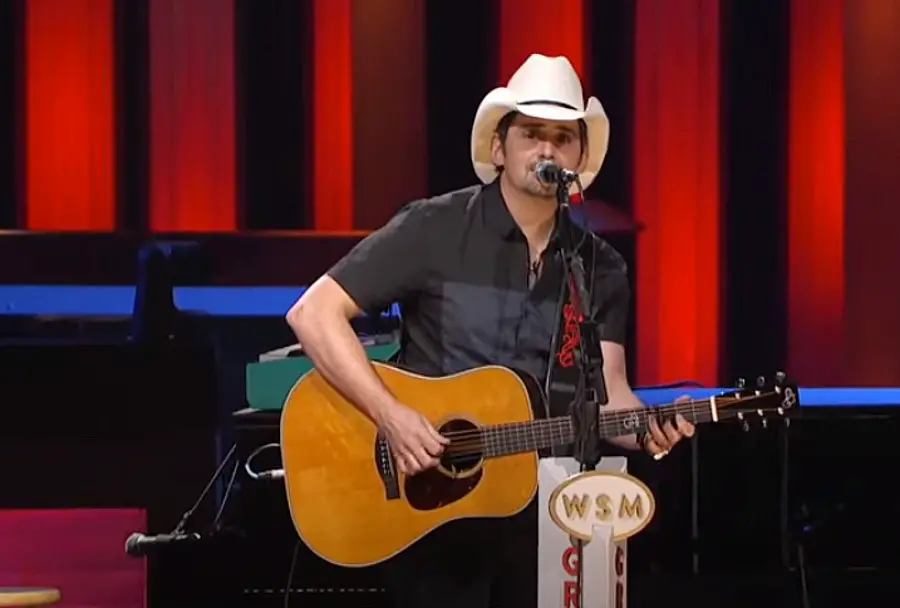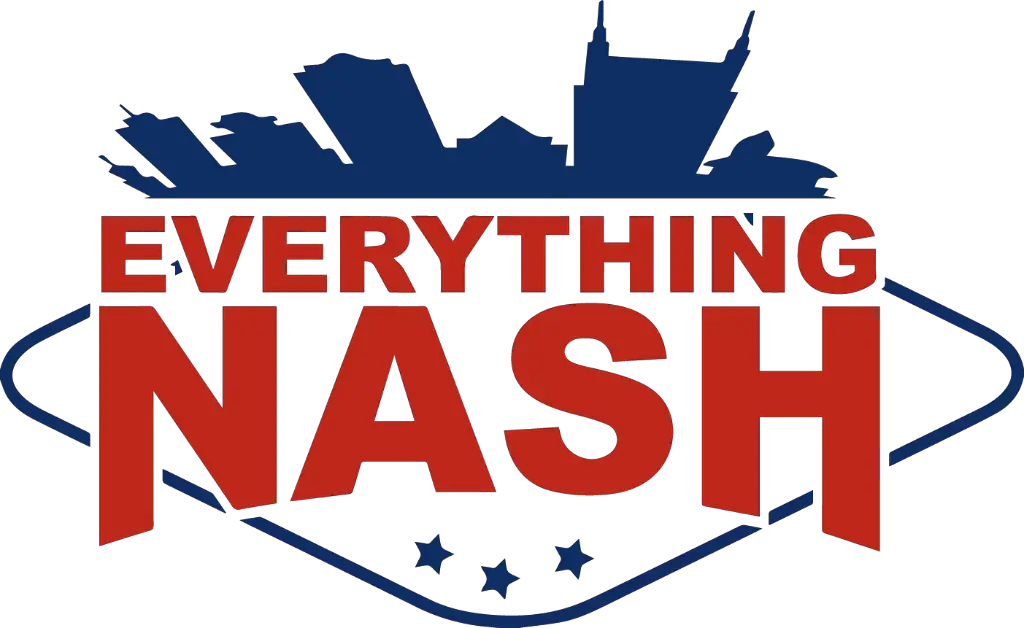
The saying, “The show must go on,” has never been more applicable than with the Grand Ole Opry, which has continued its Saturday night shows, week after week, for 4930 consecutive weeks. When COVID-19 forced businesses across the country to eliminate crowds and large gatherings, the Opry determined to keep shows going by livestreaming, without an audience. Brad Paisley, Marty Stuart and Vince Gill were the first to perform, on March 21 – an experience Brad will never, ever forget.
“You felt the gravity of the fear, since none of us knew where this thing was headed,” Brad told Variety. “You sensed that in the room: It was like having a crowd that was too scared to applaud.”
For Brad’s inaugural performance to an empty Grand Ole Opry, he spoke with experts at Vanderbilt University Medical Center in advance of his appearance, and brought his own stool and microphone.
“You fidget with a stool. All it would have taken was one stagehand coughing near the stool, then me fidgeting with it and touching my eyes,” Brad said, adding that he may not bring his own stool in the future, “but I will still bring my own mics.”
The Opry is not only eliminating a live audience, out of concerns for public safety, but they are eliminating much of their own crew as well. Radio host Bobby Bones emcees from the middle of the venue, with only a skeleton crew on site.
“If we were going to put this together, we wanted to make sure we kept the safety of the artists and our employees top of mind,” Opry Entertainment Group President Scott Bailey said. “We have a whole surface map. People are literally assigned locations where they can stand, where they can go, where they can’t leave. Bobby Bones is eight feet away from the camera when he does his production in center row. It’s quite a feat.”
The Grand Ole Opry is losing an unprecedented amount of revenue during the pandemic, with the number estimated at as much as $250,000 each week, just from the loss of gross ticket revenue. But if there is a positive side in the new format, it’s that, thanks to the livestream, an entire new generation of people have become fans of the Grand Ole Opry.
“What we’ve been doing with the Opry has been the silver lining for us [during the shutdown],” Scott noted. “I think it will pay dividends in a variety of ways, not the least of which is introducing it to worldwide and younger audiences, as well as firming up our core. I think it also will continue to strengthen an already strong relationship with the industry, because we have an outlet at scale where we can help artists.”
Brad acknowledges it might have been easier for the Opry to just pause the shows until the pandemic passes, but that’s not the Opry way.
“It’s probably some combination of reverence and stubbornness that we make sure this keeps going on every Saturday,” Brad noted. “I love that these traditions exist. They kept us going. We have to make sure the world is given a dose of this every Saturday night. I think it has been a beacon of light.”
The Grand Ole Opry is open again for backstage tours. Currently, the Opry will not have a live audience through August 7. The weekly Grand Ole Opry shows can be viewed on both Circle and Gray TV stations, DISH Studio Channel 102, Sling TV and other TV affiliates, Circle All Access Facebook and YouTube channels. The shows can also be heard on both Nashville’s WSM-AM and SiriusXM.
A special July 4 performance, as part of Circle All Access’ America’s Birthday Bash, will take place this Saturday, with the Oak Ridge Boys, Mark Wills and Sara Evans. Find more details at Opry.com.
